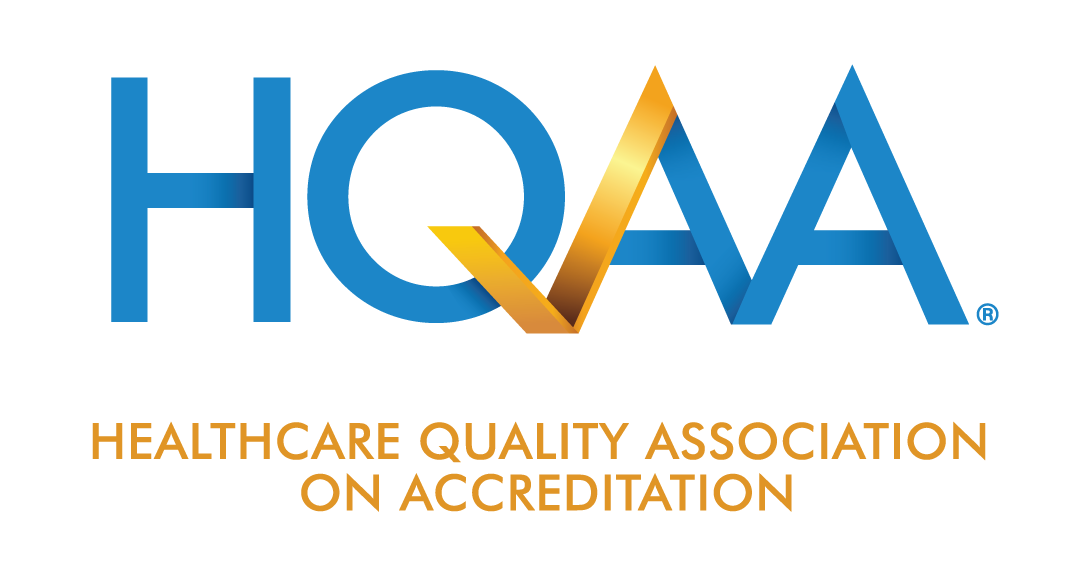Say the word “warehouse” and many people conjure up images of a dark, dusty, damp place with rows of equipment and boxes piled to the ceiling.
A home medical equipment company’s warehouse certainly can be the source of problems, deficiencies with standards, safety hazards, and infection control issues. But with just a little planning, some elbow grease, and a bit of ongoing monitoring, you can turn your warehouse into a clean, safe, even pleasant environment that improves operational efficiencies and helps your employees do their job well. 
The size and structure of storage areas vary greatly from company to company. Certainly, an organization providing liquid oxygen and heavy DME will have a much different warehouse than a company that provides only soft goods and supplies or an organization providing only TENS units and electrodes.
Keep in mind that the standards are consistent regardless of scope of service and reflect the same simple concepts:
- Separation of clean, patient-ready equipment and contaminated equipment that needs to be cleaned and disinfected
- Safe storage and processing that's compliant with all applicable OSHA regulations and fire code safety rules>
- A “flow” whereby incoming shipments from manufacturers, storage of equipment and supplies, loading of outgoing deliveries, and cleaning and equipment maintenance can be performed safely and efficiently.
Warehouse and storage areas are usually off-limits to the public and customers. So it's easy to let equipment accumulate without putting it away. They can also become a dumping ground for anything that an organization wants to put out of sight.
The reality is that there is potential for major safety and infection control issues in the warehouse. Safety and infection control issues translate into deficiencies for the organization and also make it hard to keep operationally efficient.
Here are 4 easy steps to ensure your warehouse meets HME accreditation standards:
- Take a stroll through the warehouse, noting and correcting any deficiencies, inefficiencies, and areas that aren’t in compliance with your best practices.
- Use a checklist similar to one a surveyor uses to make sure you are consistently compliant. (You can download our Warehouse Audit Checklist below.) A “flow” whereby incoming shipments from manufacturers, storage of equipment and supplies, loading of outgoing deliveries, and cleaning and equipment maintenance can be performed safely and efficiently.
- Occasionally have other staff who do not work in the warehouse (such as staff who work exclusively on the telephone) use the checklist to see if it is workable and if they can observe and review all of the items on it.
- Revise your checklist as often as needed, based on issues that may be uncovered, to meet your needs.



